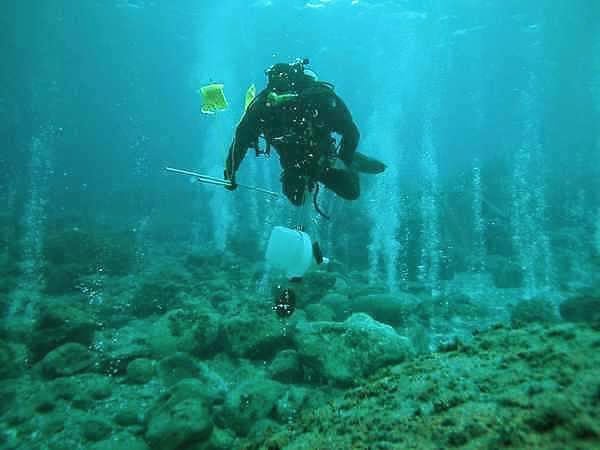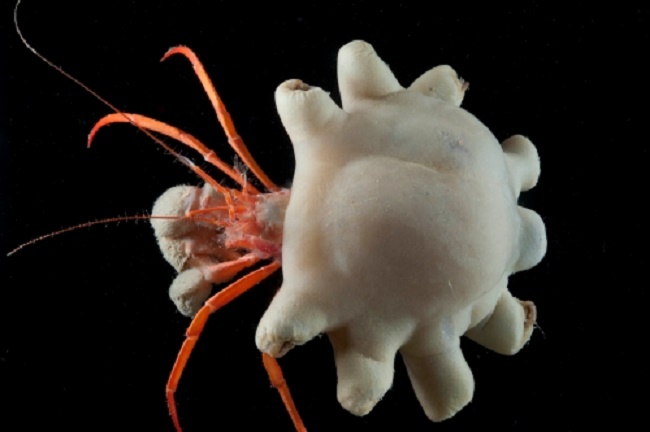The Great London:
Oceans
Oceans: Chemicals threaten Europe's killer whales with extinction

Oceans: Rising carbon dioxide levels stunt sea shell growth

Natural Heritage: Drowning history: Sea level rise threatens US historic sites

Oceans: Major shortfalls identified in marine conservation

Oceans: First evidence of deep-sea animals ingesting microplastics

Oceans: Debut of the global mix-master

Oceans: Heat release from stagnant deep sea helped end last Ice Age

Oceans: Almost all seabirds to have plastic in gut by 2050
